
In the midst of a wonky discussion about building codes and zoning laws, I couldn’t help but interrupt Zack Giffin for a moment.
“When you were a young ski bum,” I asked him, “did you ever think you’d be an expert on this kind of stuff?”
We’d been talking for over an hour by then, covering the arc of the past two decades of Giffin’s life. He’d told me that he spent much of his youth yearning to live a life of freedom, a life where, as he says repeatedly, he “didn’t want to wait around for other people to give you permission to follow your dreams.” And for a long time, those dreams did not involve getting into granular discussions about the intricacies of federal and local housing regulations and their impact on the housing crisis in America. For a long time, those dreams involved skiing the sickest powder he could find.
“I’ll be honest,” Giffin tells me. “I would love it if all this stuff would just solve itself, and I wouldn’t have to do it. I could just go back to powder skiing and raising my family and focusing on making money. But after a while, you spend all that time focused on trying to perform and it kind of feels selfish. You feel drawn toward doing something that feels more like giving back to others and adds value to the world, so you’re not just absorbing the value for yourself.”
There are a lot of ways to describe Giffin’s journey from an elite powder skier to a genial television and podcast host and a housing advocate. But maybe the simplest way to summarize it is that Giffin’s yearning for a life driven by self-determination – a life dictated by that mantra of not asking for permission – has led him to advocate for that life for others.
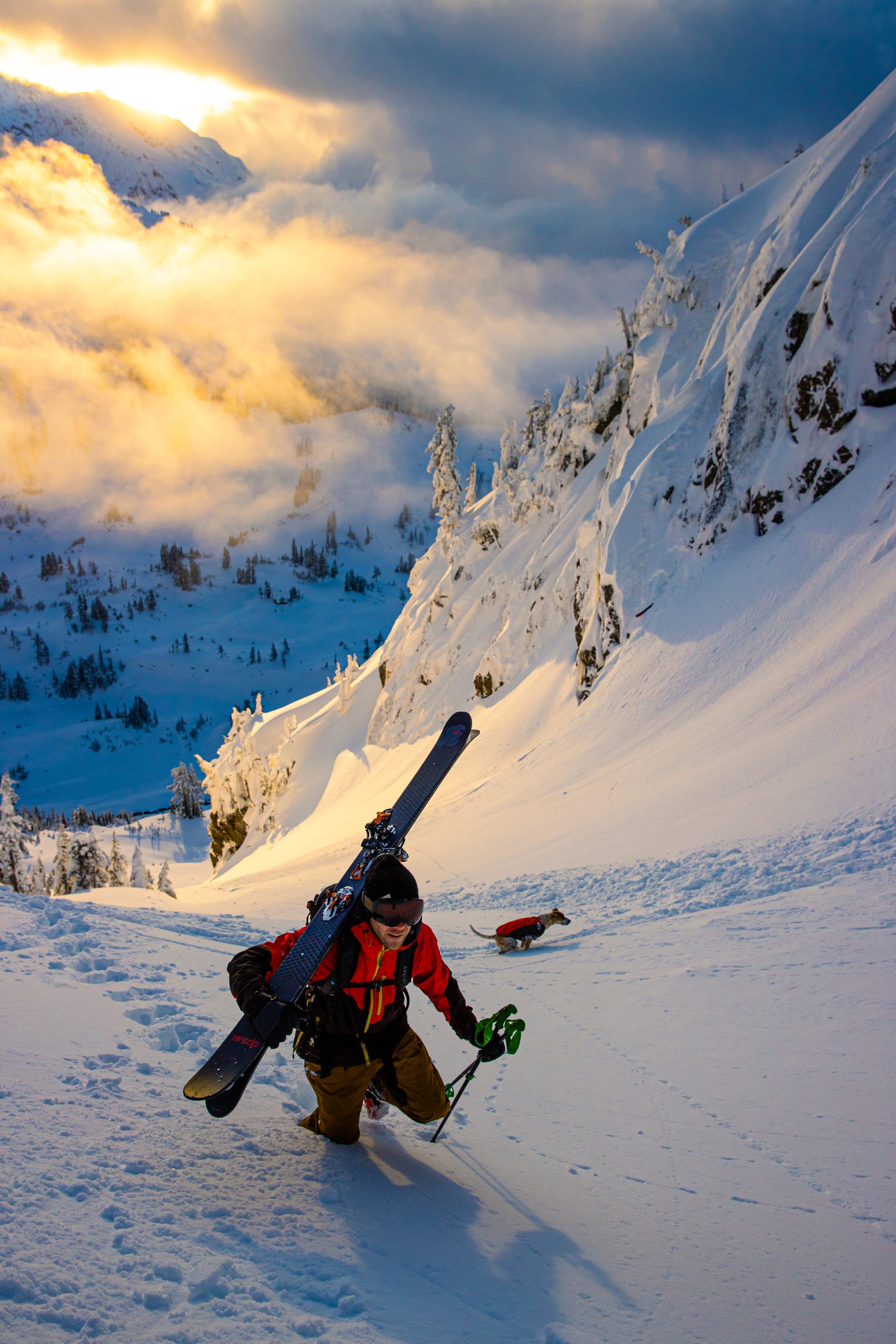
In his early twenties, Giffin began to ask how he could best preserve a lifestyle of freedom and mobility while still having enough money to have a roof over his head. He bought a ruddy old RV, upgraded to a camper van, and eventually, with the help of an apparel company called Outdoor Research, he built himself a tiny house that allowed him to travel from place to place. That tiny home led him into a whole new world as the co-host of a cult hit Netflix series, Tiny House Nation. Now, in his mid-forties, Giffin has become not just an advocate for tiny houses — he’s currently raising money to help produce a new YouTube show called Tiny House Rescue — but he’s dug deep into both the housing crisis and the climate crisis in America, and how homes with a smaller footprint might help push the country toward solutions.
That means serving on the board of advocacy organizations that are advocating for incremental change through the overhauling of regulatory structures. It means wading through heavy levels of bureaucracy. It means being patient and working within the system. It means, basically, that Giffin has to spend a lot of his time acting in opposition to the rebellious ask-no-permission spirit that got him here in the first place.
“It’s not my natural strength,” he says. “It’s not. But it does feel a lot like growing up.”
Giffin’s dream of becoming a ski bum began when he was a teenager and started tagging along with his older brothers on their weekend trips. He’d grown up outside of Boulder, Colorado, in a family that embraced adventure: Giffin’s mother was a college professor and his father was an artist, builder and inventor – and avid skier – who made a tool called the Giffin Grip that’s now widely used in ceramics.
The Giffin boys would scrimp and save money on their trips by camping out in their cars and eating ramen noodles. When Zack was in high school, his parents let him take some time off and accompany his brothers for a trip around the Pacific Northwest, where he discovered the epic powder skiing at a place called Mount Baker. He’d been dedicating more time toward park skiing – toward qualifying for events like the X Games – but roaming the mountains, he realized, was what he truly loved.
“I thought to myself, ‘Wow, I could just get a job (at Mount Baker),’” he says. “I don't have to sit around and wait for all of this other stuff to happen for me to actually be able to go and do the things that I want to do.”

It took him a couple more years to work up the courage to do it. At age 22, Giffin invested a tax refund into a week at a ski camp on Mount Hood. He was one of the oldest students there – most of the others were teenagers – but he didn’t care. His skiing progressed over that week to the point that he could see himself reaching a new level. Soon after, he got a job working the terrain park at Mount Baker. And in order to save as much money as possible to travel and ski, he bought himself a second-hand RV. It wasn’t pretty – it was, Giffin says, a “zombie RV,” so downright ugly that the neighbors near where he parked would often ask him when he was leaving. But it served a crucial purpose.
“That RV,” he says, “was a tool to avoid the financial traps that leave people treading water and unable to pursue their dreams.”
Long before Van Life became a thing, Giffin upgraded to a van with a wood stove inside. When he and his then-girlfriend, also a skier, began pitching Outdoor Research on a tour to travel and produce marketing films for them, the company asked, How are you going to get from place to place? They priced out a nicer RV, but it was too expensive. And then, a friend of Giffin’s dad inadvertently changed his life. “Why don’t you build a tiny house?” he said.
Giffin knew nothing about tiny houses. But he fell in love with the ethos immediately. Put that thing on wheels, and you could go anywhere. He built a house with financial assistance from Outdoor Research. It was 112 square feet and could be towed by truck.
“It was like living in a van,” he says. “But you didn't have to be the guy who lives in the van down by the river.”
The tiny home lifestyle became Giffin’s lifestyle over the next several years. He wasn’t alone: As housing in America grew more expensive, tiny homes became a trend and a fascination. One day, a friend who worked in television sent him a link to a casting call for a Netflix show. Everything about the description fit him: He was the right age, he had the right experience, he had already built and lived in his own tiny house, and he was comfortable on camera from filming ski videos.
“Hey guys,” he wrote to the producers. “I think you’re looking for me.”
And for a couple of months, he heard nothing.
Finally, he got an email. He’d made it to the second stage. They wanted him to film a three-minute video.
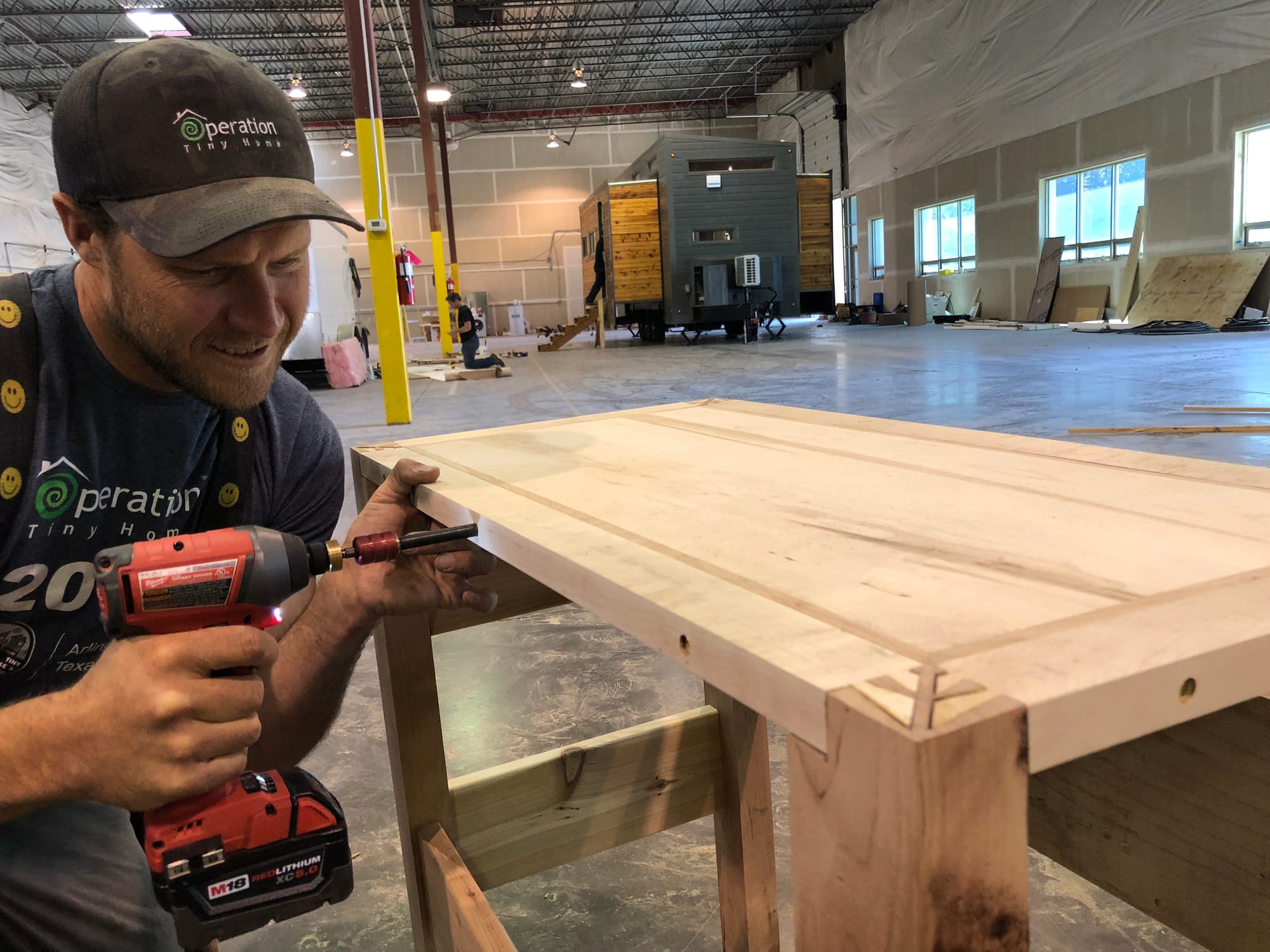
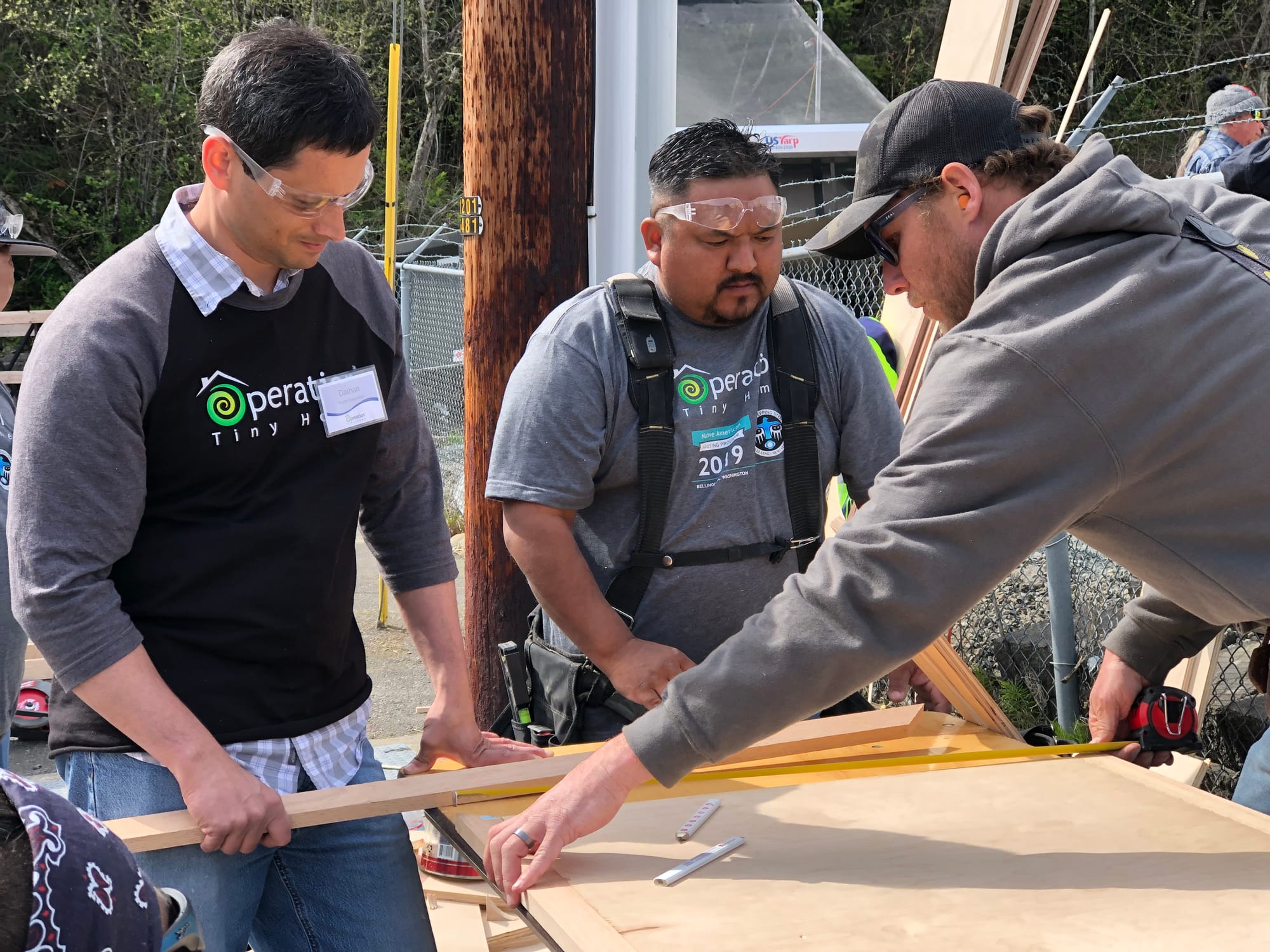
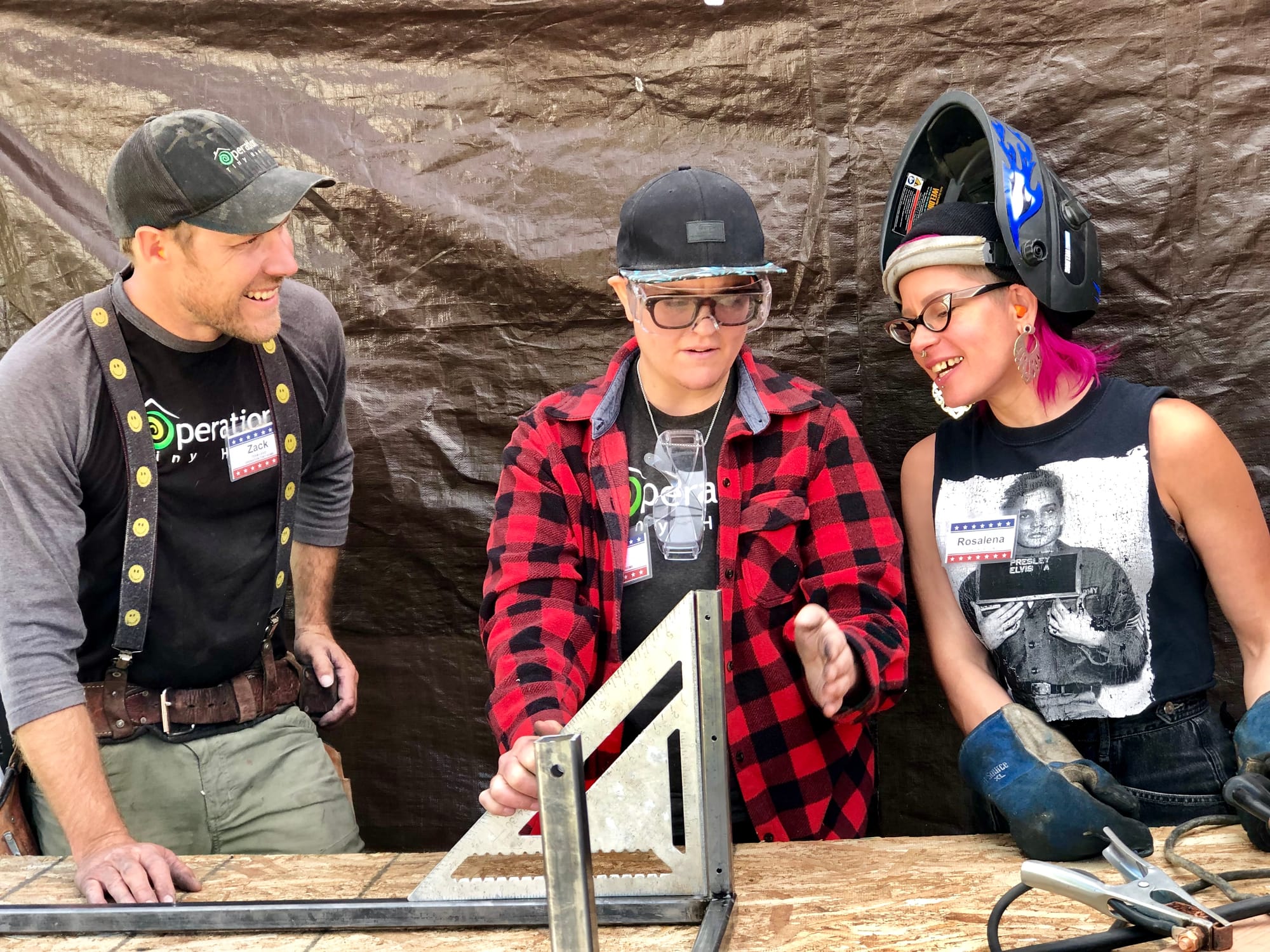
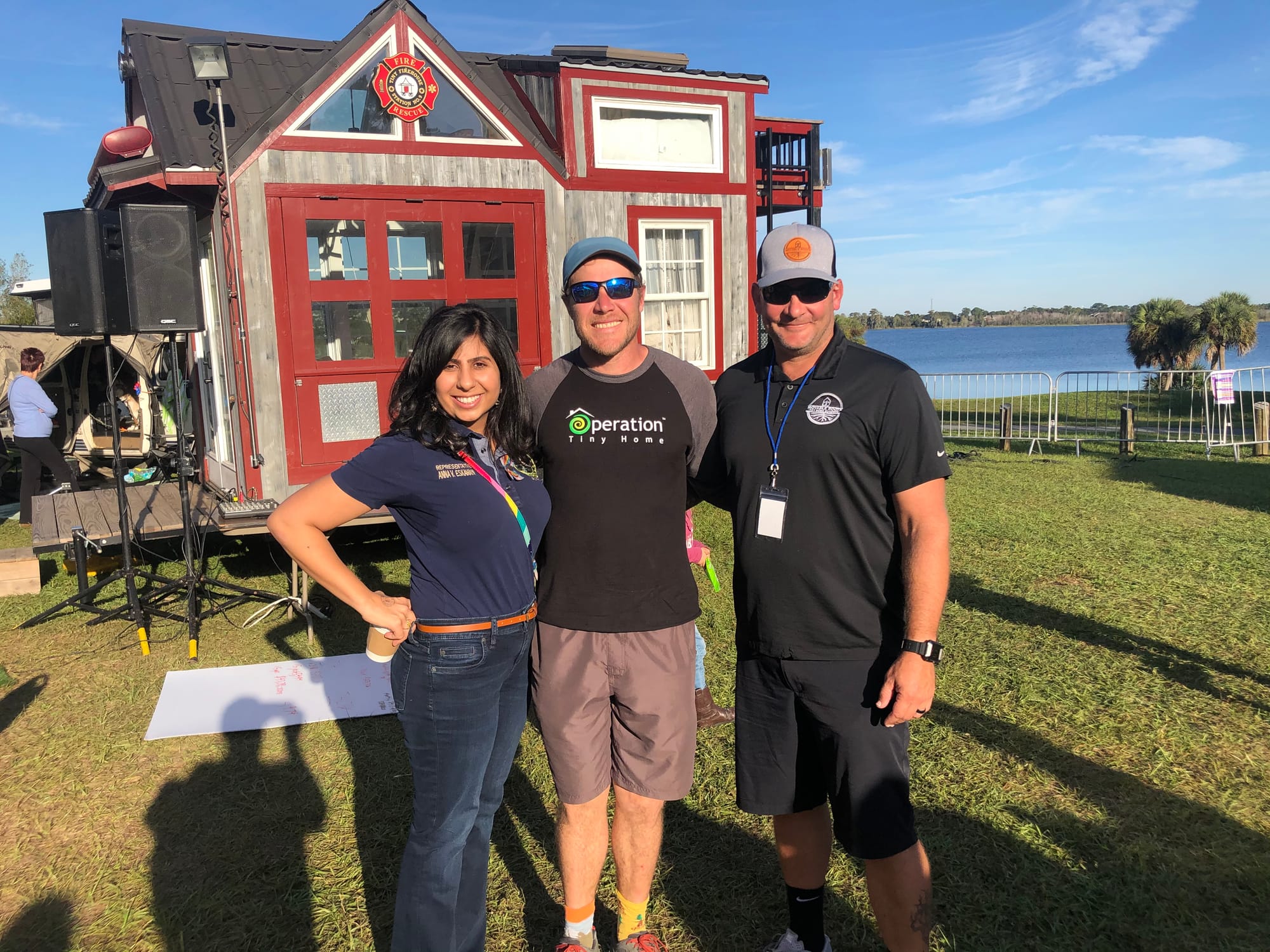
Zack Giffin found his second calling as the host of Tiny House Nation. [Courtesy photos]
Giffin was in Utah on a ski trip when he got the message. He had long hair and a long beard. He told his then-girlfriend he was going to skip a day of powder skiing so he could go into town and get a haircut, so he could look presentable when he applied for a reality television show. And his girlfriend laughed.
“Reality TV was the lamest part of American culture,” he says. “And here I was going to take it seriously enough to miss out on a ski day and cut my hair?”
Giffin got his haircut and beard trim. He sent in the video. A month later, he got offered a job as the co-host of Tiny House Nation, which ran for five seasons, from 2014 until 2019, on Netflix. It changed his life, but it also allowed him to serve as an example: Here was a normal-looking guy who had embraced a minimalist lifestyle in order to achieve his dreams as a skier.
“For so many people out there,” he says, “you go to college, you come out with a degree, and you end up having to take the very first job that comes your way. You’re stuck in the financial trap. You’re just treading water trying to get by. So the idea that you can potentially just downsize on your living arrangement, and then free up the capacity to go and follow your dream was really, really one of the bedrocks of the (tiny house) movement.”
In 2015, Giffin spoke at a tiny house trade show in Colorado Springs. The crowd numbered in the thousands. The movement had crested. Giffin rode the wave; he joined a non-profit that advocated to build tiny houses for homeless veterans. And as he began having conversations with mayors and city managers – and realized how many communities’ regulations are still set up to reject certain types of tiny homes – he began to realize how complex the problems of building housing were.
“They’re saying we need to be able to have exemptions to the bylaws and the zoning codes,” he says. “And that got me into this conversation about legality. It’s like we have this national embarrassment, which is veterans’ homelessness, and we have people that are desperate to do something about it. And we have this housing type that makes so much sense for them. And you’re thinking, ‘O.K., well, why is it so hard?’”
Those complex issues weren’t always easy to breach on the Netflix series. But as Giffin and his producers self-fund and launch his YouTube show, he’s hoping he’ll be able to get more into the granular details of housing policy, and how a variety of smaller, more economical units – not just tiny homes, which may grab attention but are realistically only suited for a slim segment of people – could help address the housing crisis.

“We need homes that can help people get their foot into the housing market,” he says. “And at the same time, we need homes for older Americans that they can downsize into. And my personal feeling and belief, and I think that the statistics back me up on this, is that we could stop building large homes tomorrow and we would be completely fine. Our housing stock is so overbuilt.”
Giffin and his wife had their first child earlier this year. He still owns that first tiny home, but he lives in a roughly 700-square-foot condo near the base of Mount Baker. He understands that tiny houses are not the answer for everyone at every stage of life. But their very existence gave him a freedom he might not have otherwise had, and now that he’s grown up, he’d like to pass on that sense of possibility to his son’s generation. It’s why he’s active in those industry associations, and pushing for change in a way he never would have back when he was younger.
“I’ve been a person that didn’t really ask for permission or care whether I was violating some ordinance or not,” he says. “But this movement also needs people who are going to be patient enough to go through the actual official channels of change. The more adult method. And it feels like this incredible opportunity.”
Michael Weinreb’s new Wondery Plus podcast, One Party Town, is available now on all podcast platforms.
